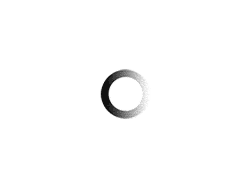Description
Fantail Pigeon Origin & Uses Information:
The Fantail pigeon is one of the oldest and best-known breeds of domesticated fancy pigeon. It is very beautiful and a very popular breed. It is easily characterized by its fan-shaped tail. The breed is actually thought to have originated in China, India, Pakistan or Spain. There are many sub-varieties of this breed.
And common sub-varieties of this breed include the Indian Fantail, English Fantail and the Thai Fantail. Charles Darwin used it as one of the examples in the first chapter of On the Origin of Species.
Fantail Pigeon Appearance
Fantail pigeon is an average sized bird with very beautiful appearance. It is easily characterized by its fan-shaped tail composed of 30-40 feathers, abnormally more than most members of the pigeon family, which usually have 12-14 feathers. There is a feather mutation called Silky that gives an interesting lace effect to a Fantails tail feathers. Fantails with this mutation are known as Silky or Lace Fantails. There are actually 2 common forms of this breed, which are American and Indian Fantail pigeon.
The American Fantails stand on tip-toes and leans way back, with head almost buried between the breast and tail. While the Indian Fantail pigeons are much larger in size, crested and have feathered feet. They also have a fairly natural stance. There are many color varieties of the Fantail pigeon which include black, blue, dun, red, white, silver, yellow and various splashes.
USES:
The Fantail pigeon is raised mainly for exhibition or ornamental purpose. It is also good for raising as pets.
SPECIAL NOTE
The Fantail pigeon is a unique breed with wonderful appearance. It is often used by the pigeon flyers in the training of racing and Tippler pigeons. They are used as droppers in that they are placed on the loft landing board as a signal to the flying birds to come in and be fed. Along with show and ornamental purpose, the breed is also good for raising as pets. However, review full breed profile of the Fantail pigeon in the following chart.




